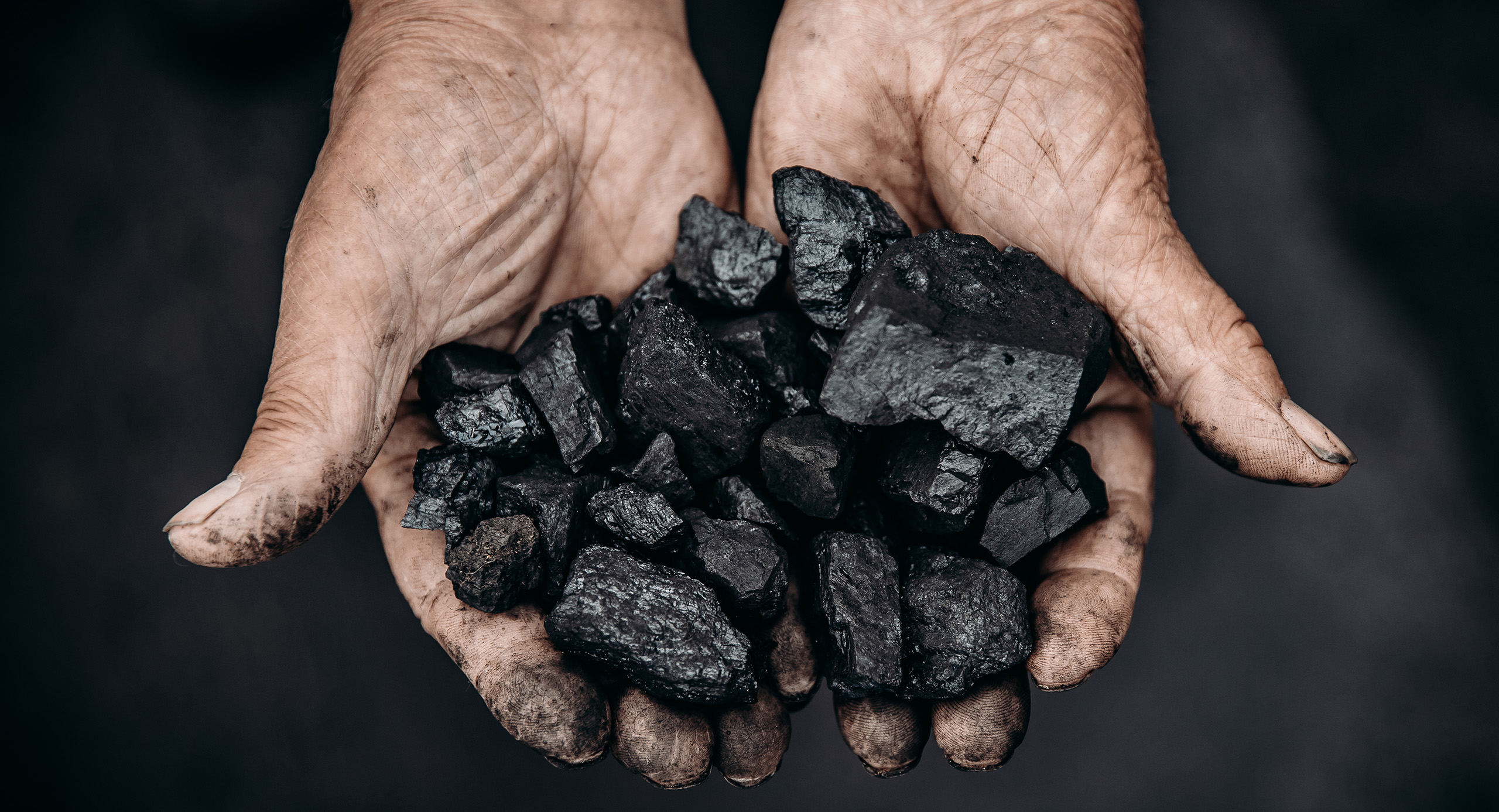Latin America’s largest mine faces closure amidst human rights and environmental abuses

Latin America's largest mine faces closure amidst human rights and environmental abuses
One of the world’s largest open pit mines is being accused of continued human rights and environmental abuses (Hume, 2021).
Colombia’s Cerrejón thermal coal mine, which is owned by three of the world’s biggest natural resource companies (Anglo American, BHP, and Glencore), has reportedly failed to comply with the Global Legal Action Network’s (GLAN) standards for multinational enterprises (MNE) (Hume, 2021).
The Organisation for Economic Co-operation and Development (OECD) has been put in charge of ensuring that action is taken in order for the mine to come up to standards. In accordance with MNE guidelines, this would require the immediate closing of pits which are located near human settlements, the gradual termination of mining operations, and addressing the substantial impacts that the mining has had on the region’s population and environment (Hume, 2021). The Colombian Constitutional Court has also acknowledged that the mine is causing extreme damage to the environment and to people’s health (Lannin, 2021).
The catalyst for action
In June 2020, a British barrister requested an intervention by a UN Special Rapporteur with the Cerrejón mine. The request was submitted on behalf of the indigenous Wayuu people whose ancestral home has been overtaken by the mine (Cobb, 2020).
The ongoing dispute between the Wayuu and the mine operators over pollution, water use, noise, dust, and health issues highlight the rights violations of the native people and the land. Water scarcity and childhood malnutrition are also increasingly prevalent in the Wayuu’s lives (Cobb, 2020).
During Colombia’s initial Covid-19 lockdown, mining operations were reduced. The Wayuu community, who have a history of respiratory disease, showed signs of improvement to their health during this period of little to no mining activity. However, with the reopening of the mine, heightened air pollution is thought to exacerbate their health problems and increase the risks of Covid-19 for the already clinically vulnerable community (Cobb, 2020).
Upon reporting this information, the Cerrejón denounced any wrongdoing, claiming that they have in no way acted inappropriately.
The UN investigation
The subsequent investigation by the UN in September 2020 found damning evidence against the Cerrejón mine. It concluded that despite a court order in December 2019, the mine had taken no action to better its practices or improve the health of the region’s residents nor the environment (OHCHR, 2020), and called for the halt of mining operations in September 2020 (OHCRC, 2020).
Furthermore, it was confirmed that those living near the mine suffered from medical conditions as the result of the non-stop mining in the region (who are subjected to heavy machinery, explosions, and air pollution). Health conditions included headaches, respiratory disease, visual impairments, heart disease, hypertension, cancer, skin damage, miscarriages and birthing complications (OHCHR, 2020).
In addition to these health impacts, the mine is thought to be the biggest water pollutant in the regions, contaminating it with hazardous chemicals and heavy metals. This leaves residents with clean water shortages and higher risk of illness (OHCHR, 2020).
Following the UN report, Cerrejón stated that it had agreed to change its practices and even build a community health center, but community leaders have stated that no such agreement has been made with them (Lannin, 2021).
Waiting for an outcome
Although past attempts at reducing the mine’s impacts have been ignored, on this occasion there is added pressure from multi-agency actors (GLAN, UN, OECD, Colombian Constitutional Court). The Cerrejón mine is also coming out of a turbulent year, with the decreased demand on the mining industry due to the global pandemic, as well as dealing with a miner strike in the same year (Hume, 2021).
As the world’s attention is turning towards protecting indigenous populations and environments affected by large corporate mines, such as the Dakota Pipeline access dispute (Guardian, 2020), all eyes are on energy giants to change their practices.
Background
The Cerrejón mine was established in 1976 and has since expanded to become the largest in Latin America (Global Justice Now, 2013), covering 69,000 hectares of land (Hume, 2021). The expansion of the mine in the La Guajira region of Colombia has gone on to destroy entire communities, displaced villages, and caused extraordinary pollution.
Whilst billions are being invested by international companies, exploited workers have been made to work and live in conditions which are damaging their health, the millions of tons of the exported coal are contributing to global warming, and indigenous people’s livelihoods are being irreversibly damaged (Global Justice Now, 2013).

Article by
Costadina Tsoukala-Steggell

Categories
America, Categories, Colombia, Countries, Environment, Health, Human rights


